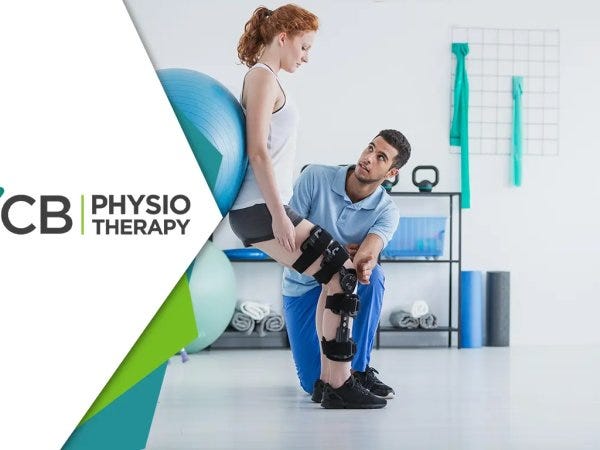Physiotherapy today is a powerful blend of science, technology, and movement. Thanks to the evolution of the field, patients now benefit from a wide range of treatments-electrical modalities like TENS, Ultrasound, IFT, and Laser Therapy, as well as advanced techniques such as Shockwave Therapy, Dry Needling, Cupping, Kinesio Taping, and more.
These methods offer rapid pain relief, reduce inflammation, and help kickstart the healing process. But while these interventions play a vital role in early recovery, one key element ensures that the results are long-lasting: a personalized and progressive exercise therapy program.
Let’s explore why combining both approaches-modalities and movement-creates the most effective, sustainable outcomes in physiotherapy.
Role of Electrical Modalities and Advanced Physiotherapy Techniques
Physiotherapy isn’t about choosing between machines or movement-it’s about knowing when and how to use each technique effectively. Modalities are not just “quick fixes.” They are scientifically proven tools that:

- Reduce pain and swelling so the patient can move comfortably.
- preparing the body for more active therapy.Enhance blood circulation,
- at the cellular level, especially in soft tissue injuries.Stimulate healing
- Relieve muscular tension , helping restore joint mobility and balance.
Here are some commonly used modalities and their benefits:
Each of these techniques serves a distinct purpose in the initial and mid phases of rehabilitation. They help patients feel better faster and get ready for the most important phase: movement-based rehabilitation.
Where Exercise Therapy Comes In
While modalities and manual techniques offer fast, noticeable improvement, lasting relief comes when the body regains strength, balance, flexibility, and control. That’s where a well-designed exercise program plays a critical role.
Here’s why exercise therapy is essential:
Dynamic movements and stretching exercises restore joint health and prevent stiffness from returning.
Exercise improves tissue tolerance and reduces the chance of reinjury. Strong, mobile muscles protect the body in the long term.
Through exercises, patients become active participants in their recovery and develop self-management strategies for ongoing wellness.
Perfect Combination: Modalities + Exercise = Complete Recovery
At our clinic, we view electrical modalities and advanced techniques not as alternatives to exercise, but as essential complements. Our approach is simple yet highly effective:
Tools like laser therapy, cupping, or dry needling help reduce discomfort and inflammation, making it easier to move.
Once symptoms are under control, we begin guided exercises to rebuild strength and control, focusing on posture, coordination, and joint mobility.
We tailor programs to each patient’s lifestyle and goals-be it returning to sports, managing daily chores, or preventing a relapse.
As exercises progress, we continue using taping, cupping, or needling where needed to manage any minor discomfort and support recovery.
This approach allows the body to heal while also building the resilience needed to stay pain-free long after treatment ends.
Your Commitment Makes the Difference
Relief begins in the clinic-but real transformation continues at home. Regularly performing prescribed exercises, following posture advice, and staying active are all part of a successful physiotherapy journey. Even if you feel better after a few sessions of laser or cupping, don’t stop there. Let your physiotherapist guide you through the full rehabilitation process- from pain relief to pain-free movement.
Healing is a Journey, Not Just a Session
Electrical modalities and advanced physiotherapy techniques are game-changing tools in helping patients recover quickly and effectively. They reduce pain, improve healing, and set the stage for deeper recovery.But for that recovery to last, for you to move better, work better, and live stronger, exercise therapy is key.
By combining the best of both approaches, we help you not only feel better but stay better. And that’s what true healing is all about.

